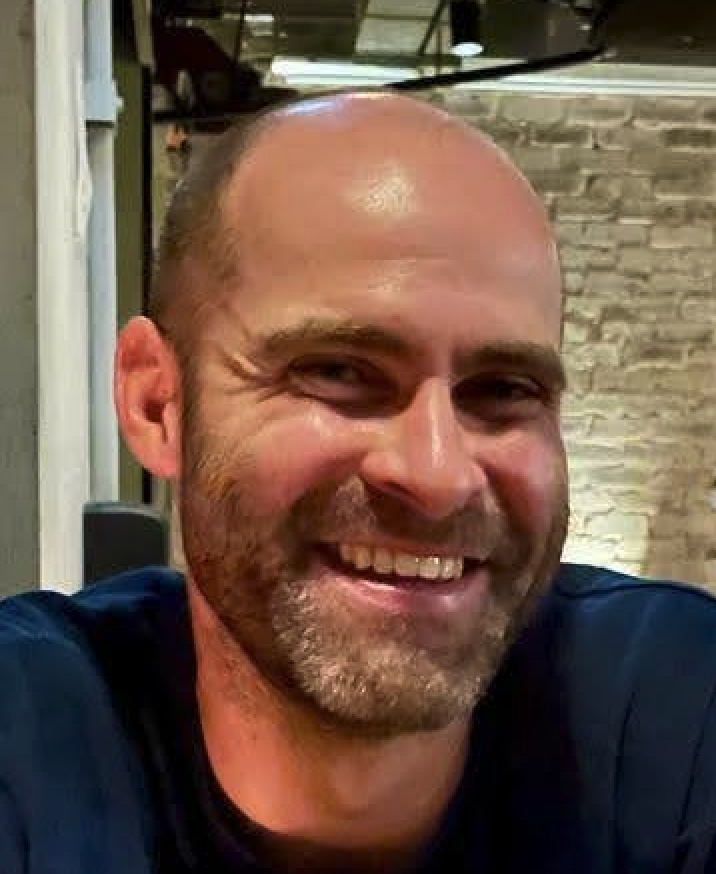Neuroimaging
Needless to say, the brain is a complicated organ whose complete operation is not yet fully understood. What is understood is that disparate regions of the brain relay information to one another through white matter pathways, and that information transfer critically impacts health and neurological diseases. Disruption in either the white-matter pathways or the coordination of information flow between specific regions of the brain engenders poor outcomes for the individual.
Whilst working for the start-up company Omniscient Neurotechnology I worked on a number of neuroimaging projects.
Personalised brain-maps to inform neuro-surgical planning
Brain tumours can destroy or disrupt nerve bundles and cortical areas alike. It is the surgeon’s task to remove the tumour whilst maximally retaining healthy tissue. Walking that line is non-trivial, tumours do not always have a hard boundary, and every individual’s brain topography is unique. Hugely informative to surgeons is a personalised map of the patient’s brain: where exactly do key, functionally discrete regions of the cortex lie, and where are the nerve bundles that connect them. The latter, in particular, describes the field of tractography: deriving 3D models of nerve bundle locations in a given brain. These maps help the surgeon plan their operation and can inform conversations with subjects about the risks and upsides of approaching their surgery in different ways.
Diffusion MRI scans acquire the key information driving tractography. This technology takes a 3D ‘picture’ of the brain, with each voxel (3D pixel) describing freely water can move along a given direction. Nerves are long and thin, and thus water will move more freely along their length than their cross-section. Given a diffusion MRI scan, what ensues in tractography is a host of image processing stages that correct for distortions in the scan (an inevitability of how the scan technology interacts with skull tissues), noise, mathematical modelling to reconstruct likely nerve orientations within each voxel, and random walk algorithms that model the likely paths of nerves across the brain.
Automated location of targets for deep-brain stimulation (DBS)
Modelling of psychiatric disorders
Correcting for site effects
Some technical libraries used in this work
- dipy
- ANTs
- MRTrix
- nibabel
- nilearn
